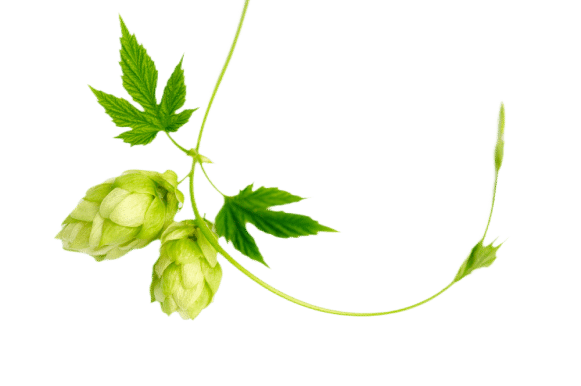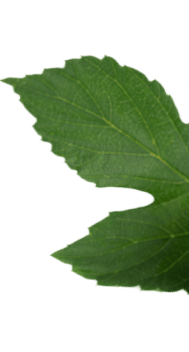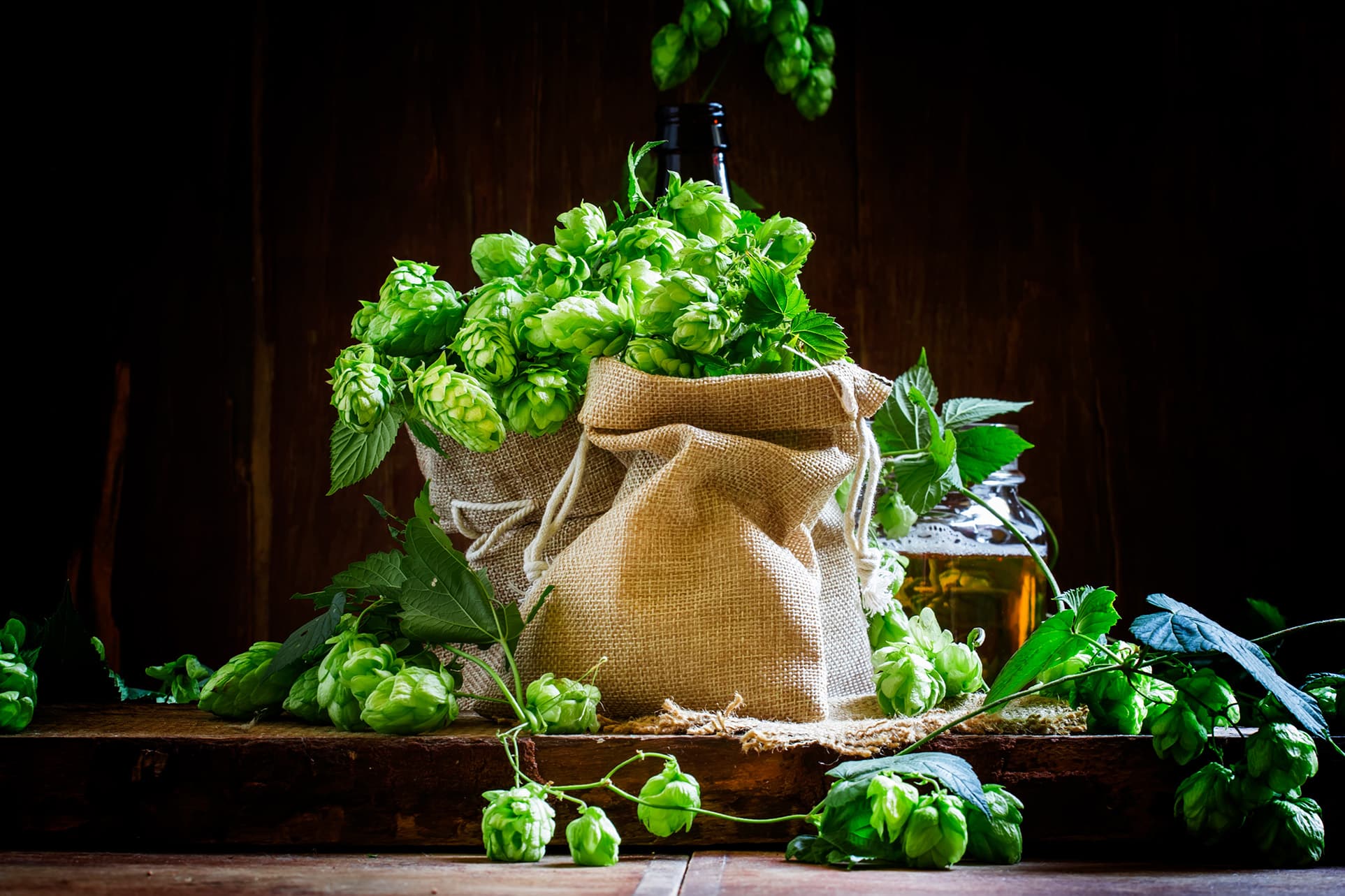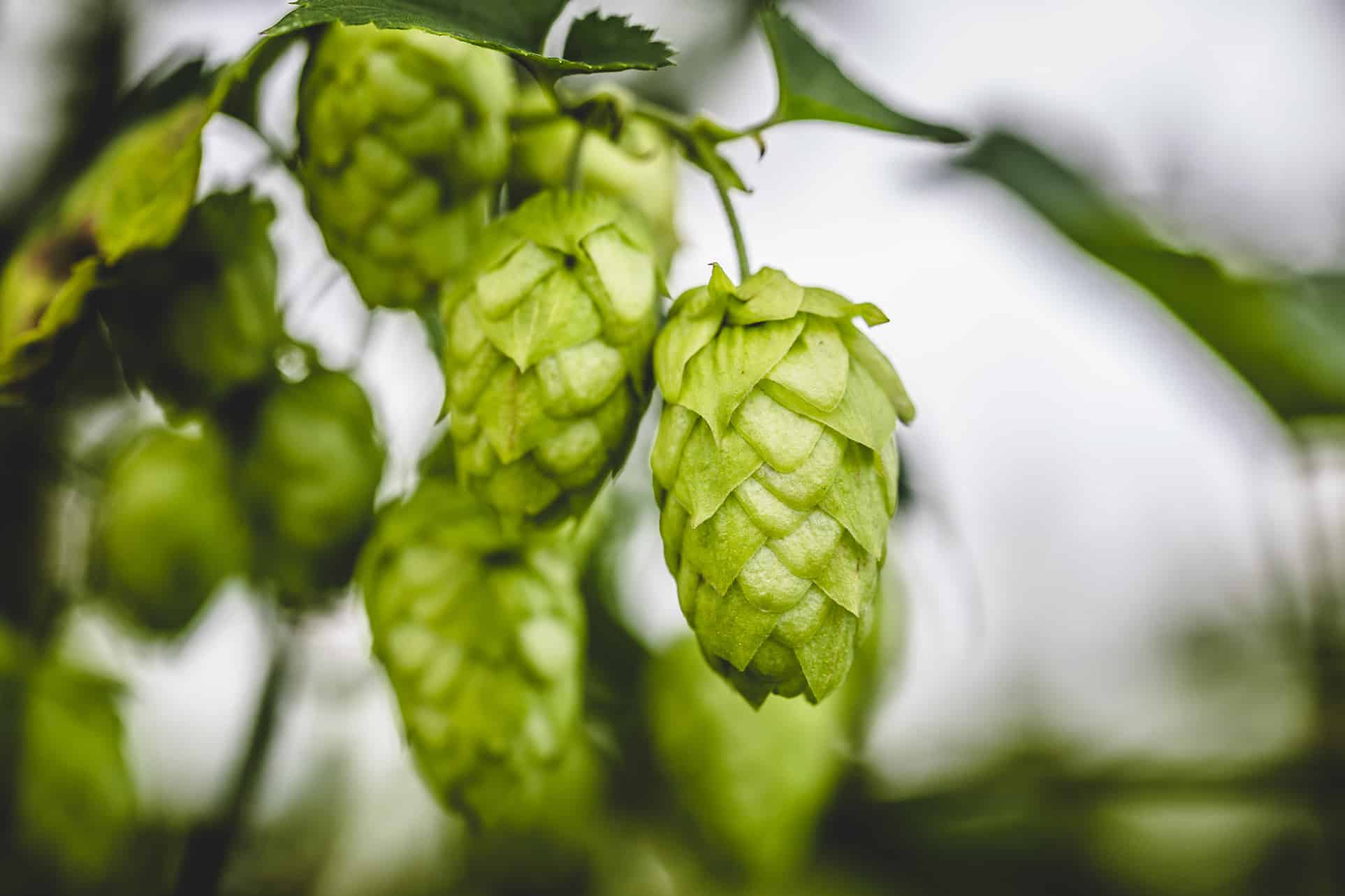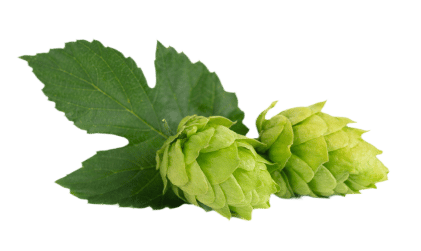
LOW TRELLIS HOP GROWING
Written for you by Jon Stringer
LOW TRELLIS HOP GROWING
Firstly, tell me about dwarf hop plants…
Whether a hop plant grows to be a tall plant, semi-tall or dwarf is controlled ultimately by dwarf genes in its DNA. The influence of these genes causes the plant to develop shorter internodes on the bine (the spacing between the nodes or leaf-growing sections) and, consequently, the plant height is shorter.
Generally, dwarf hops grow to around 8-10 feet high, whereas tall plants can reach 18 feet and higher. Low trellis / hedgerow hop growing systems are designed to suit these shorter plants.
Do I use any dwarf hop varieties in my beers?
Commonly used dwarf hop varieties include First Gold, Sovereign, Boadicea, Sussex, Endeavour, Pilot, Archer® and Pioneer. There are varieties classified as semi dwarf which can be successfully grown on low trellis systems, such as Summit.
How do low trellis systems (aka hedgerows) differ from tall hop yards?
The support for growing dwarf plants is provided by netting which rises to heights of around 12 feet. The plants are planted closer to one another – usually about a metre apart. Generally, the plants are not trained by hand, and runners (the shoots surplus to requirements) are left rather than be removed.
Due to their close proximity, the hop plants’ foliage overlaps with the foliage of the neighbouring plants, forming a continuous hedgerow.
Once the hop cones are ready to be picked they are mechanically stripped from the plant, leaving the majority of the plant in situ.
What are the benefits and drawbacks of low trellis systems?
On paper, there are lots of positives for growing dwarf hops on low trellis systems. Dwarf plants require less nutritional input into the soil – usually only 50% of the input for a tall plant. Spraying is much easier on a short plant and 100% coverage can be achieved, which benefits the surrounding environment.
As training the young plants is not required and plant inspection is far easier, the labour costs required to grow dwarf plants are reduced. Benefits can be also seen at harvest: because bines are not cut and hauled to a shed for picking, they remain in place to provide nutrients as the plant prepares for the next growing season.
So, low trellis hop growing seems to have quite a lot going for it. But there are drawbacks.
With small plants come smaller yields: a hop farmer is only likely to receive a maximum two thirds of the yield that would have been received on the same acreage for a tall plant.
As the rootstock becomes older it starts growing with less vigour and yields begin to diminish. Increasing inputs into the soil can help this situation but does encourage vegetative growth, which leads to a thicker hedgerow that is less easy to manage.
Hop plants require direct sunlight on the bine to allow the plant to flower and excessive vegetative growth (lots of foliage) can hinder this. The hedgerow can also harbour hard-to-find pests that would be easier to spot on tall hop plots: capsid beetles can hide effectively in the hedgerow and evade detection. They feed on the flowers and dramatically reduce yields.
From a maintenance point of view the netting used to support the plants needs replacing regularly.
Could I grow a tall hop variety on a low trellis system?
This would depend upon the physiology of the hop plant. Different hop plants grow in different shapes and sizes. A tall hop plant that produces the bulk of its hop cones at the top of the plant wouldn’t be suitable. But low-cone setting hop varieties can work, although they will never yield as well as a true dwarf.
Tall plants that have been successfully grown on low trellis systems include Crystal and Cascade. Semi-tall varieties such as Jester® and Harlequin® could work too.
Are we likely to see low trellis systems used on hop farms in ten years time?
Established and popular varieties are currently grown on low trellis systems so they will certainly be around for the foreseeable future. Hop development programmes can use dwarf males for their genetic crosses to potentially increase disease resistance in the offspring plants. Whilst dwarf genes are present in the DNA of our future brewing hops there is the potential the for next Citra® or Galaxy™ to be a dwarf plant.
